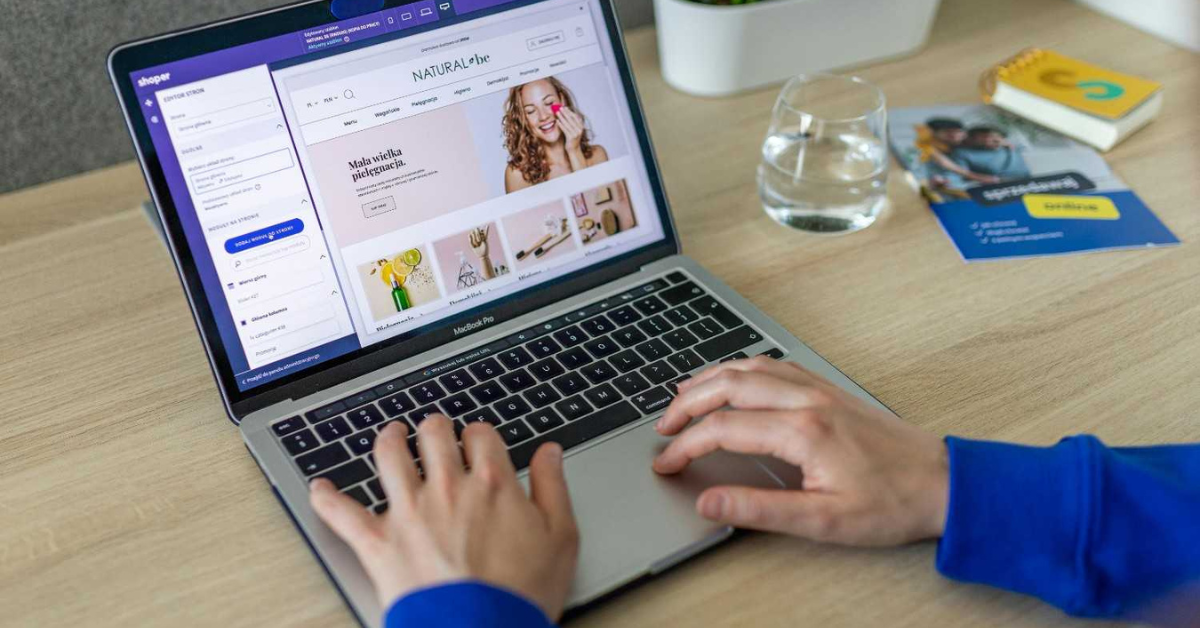Now that you have a strong brand identity and a compelling value proposition, it's time to explore various positioning strategies and techniques. In this section, we'll discuss the importance of segmenting the market and selecting target segments, developing positioning statements and messages, leveraging emotional and rational appeals in positioning, and positioning based on price, quality, innovation, or other factors.
Segmenting the market and selecting target segments
Market segmentation involves dividing your target market into distinct groups based on shared characteristics, needs, or behaviors. By segmenting the market, you can tailor your positioning strategy to each segment's specific needs and preferences.
Here's how you can segment the market and select target segments:
1. Identify relevant segmentation criteria: Consider demographic, psychographic, geographic, and behavioral factors that are relevant to your product and target audience. For example, you might segment based on age, income, interests, or purchasing behavior.
2. Evaluate segment attractiveness: Assess the size, growth potential, profitability, and competition within each segment. Determine which segments align best with your product and business goals.
3. Select target segments: Choose one or more segments that offer the greatest potential for success. Consider factors such as the segment's size, growth potential, fit with your product, and your ability to reach and serve that segment effectively.
Developing a product positioning statement and message
A positioning statement is a concise statement that communicates how your product fulfills the needs of your target audience and differentiates itself from competitors. It serves as a guiding principle for your positioning strategy.
Here's how you can develop a product positioning statement and messages:
1. Identify key differentiators: Refer back to your unique selling propositions (USPs) and differentiators. Determine the specific aspects of your product that set it apart from competitors and fulfill the needs of your target audience.
2. Craft a positioning statement: Develop a clear and concise statement that communicates your product's unique value and differentiation. It should address the target audience, the key benefits, and the reasons why your product is the best choice.
3. Tailor messages to target segments: Customize your messaging for each target segment based on their specific needs, preferences, and pain points. Highlight the benefits and features that are most relevant to each segment.
4. Test and refine your messages: Continuously test and refine your positioning statements and messages based on customer feedback, market response, and performance metrics. Adapt your messaging as needed to ensure it resonates with your target audience.
Leveraging emotional and rational appeals in positioning
Positioning can be achieved through both emotional and rational appeals, depending on your target audience and product characteristics.
Here's how you can leverage these appeals effectively:
1. Emotional appeals: Tap into your target audience's emotions by highlighting how your own product or service can make them feel, solve their problems, or fulfill their aspirations. Use storytelling, imagery, and testimonials to evoke emotions and create a connection with your audience.
2. Rational appeals: Provide logical reasons why your product is the best choice. Highlight specific features, performance metrics, or data that demonstrate the superiority of your product. Use facts, statistics, and comparisons to support your claims.
3. Find the right balance: Consider the nature of your product and the preferences of your target audience. Some products may require a stronger emotional appeal, while others may benefit from a more rational approach. Find the right balance that resonates with your audience.
Positioning based on price, quality, innovation, or other factors
Positioning can be based on factors such as price, quality, innovation, convenience, sustainability, or customer service. Here are some positioning strategies based on these factors:
1. Price positioning: Position your product as the most affordable option in the market, offering good value for money. Emphasize cost savings, discounts, or competitive pricing strategies.
2. Quality positioning: Position your product as a premium option with superior quality, durability, or craftsmanship. Highlight the materials, manufacturing processes, or certifications contributing to its high quality.
3. Innovation positioning: Position your product as innovative and cutting-edge, offering unique features, advanced technology, or disruptive solutions. Highlight how your product is different from traditional offerings in the market.
4. Other factor positioning: Consider other factors that may be relevant to your target audience, such as convenience, sustainability, or customer service. Position your product as the most convenient, eco-friendly, or customer-centric option in the market.
By segmenting the market, developing positioning statements and messages, leveraging emotional and rational appeals, and positioning based on factors like price, quality, innovation, or other relevant factors, you can effectively differentiate your product and attract your target audience.








